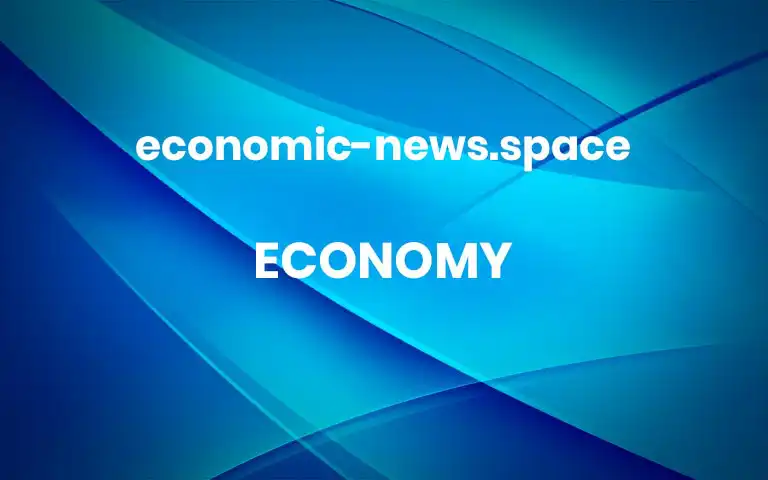
Fed Holds Interest Rates Steady, but Trump’s Tariffs Could Slow Inflation Progress
The Federal Reserve left interest rates unchanged on Wednesday for a second straight meeting. The March meeting was the central bank’s most direct acknowledgment to date that President Trump’s policies are set to have a real impact on the economy, stoking significant uncertainty about where inflation, growth and — ultimately — interest rates are headed. Here are the takeaways:Tariffs took center stage during the news conference with Jerome H. Powell. The Fed chair went as far as saying that tariffs likely mean “further progress may be delayed” on getting inflation back to the central bank’s 2 percent target. That recognition materialized in the higher inflation forecasts that officials penciled into new economic projections. By the end of the year, officials estimate that core inflation, which strips out volatile food and energy prices, will stay stuck at 2.8 percent, before declining to 2.2 percent in 2027.Fed officials paired their higher inflation forecast with lower estimates for economic growth, even as they stuck with previous projections that they would be able to lower interest rates by a half point this year, delivering two quarter-point cuts. The range of possible outcomes was wide, however, with eight policymakers forecasting either no additional cuts or just one this year. Only two thought the Fed would lower rates by 0.75 percentage points, or three cuts of a quarter point this year.In recent months, Mr. Powell has been adamant that the Fed is well positioned to respond to sharp shifts in the trajectory for the economy and could afford to be patient about making rate decisions given the solid foundation of the labor market. He reiterated that point, pushing back on the souring of consumer expectations about inflation and economy that has shown up in recent survey data.While the path forward for interest rates and the economy was the main focus of the March meeting, the Fed’s decision to slow the pace at which it is reducing its balance sheet drew some attention. Mr. Powell said the idea was to reduce the possibility of market ructions in funding markets. More



